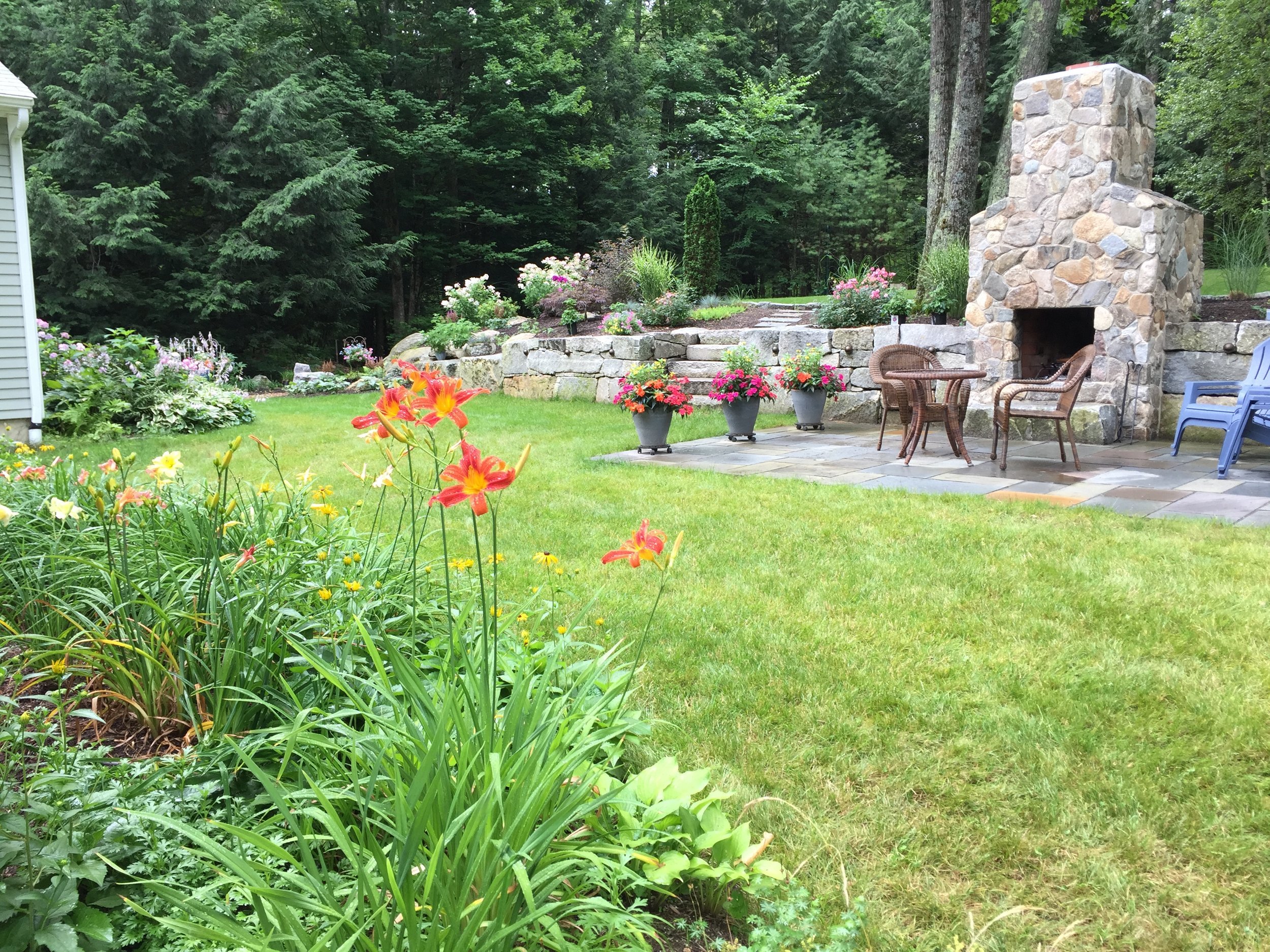How to Tackle Your Next Stump Removal in Peterborough, NH
After a tree has toppled or been purposefully removed to make way for landscaping changes, attention turns to stump removal. The unsightly, leftover part of the tree is not easily removed, but its removal is a necessary part of bringing out the best of your Peterborough, NH, landscape. This is true not only for aesthetic reasons but for the health of your property, too, as old decaying wood can attract pests and mold. The stumps can also create trip and mow hazards and limit what can be planted in the area. Not to mention, they are not nice to view. Read below for what’s involved in stump removal.
Stump Grinding
Grinding a left behind tree stump is sometimes viewed as the easier and more efficient way to get rid of an unsightly and decaying tree stump. This approach results in a leveled area where turf can grow and can solve the issue of what to do with the old tree stump. The process involves grinding the stump down into little woodchips way beneath the surface. This has both pros and cons. The process will leave behind a rather larger pile of wood chips that will then have to be moved—just another step in the process. The good news is, the wood chips may prove beneficial to another area of the landscape design or for use in compost.
Related: 6 Reasons for Tree Stump Removal in Milford, NH
Grinding is usually a safe way to ensure that the tree will not regrow; however, it is not always foolproof. Grinding the stump will leave roots behind, under the ground. So, whether to go with stump grinding as the method of choice may depend on what the plans are for the area after the stump is removed. If roots are still existing underground, re-planting deep rooting trees or plants may prove more difficult. Additionally, the chance of a regrowth will be conditional on the species of tree that was removed. Some more aggressive species of trees have been known to re-sprout even after a stump grinding, although it is more likely than not that it will eventually die off.
Full Stump Removal
If the tree is not a deep rooting species, digging a perimeter around the root and cutting and removing the roots in its entirety could be the ideal solution. If the stump is overly large, this technique may require the assistance of a tractor or other piece of equipment to help pull and remove the stump from the ground. This is not always the simplest solution if the roots are widespread and run deep. Stump removal experts are known for taking on this process efficiently, and leaving homeowners without worry about regrowth issues.
Related: Popular Plants to Incorporate Into Hollis, NH, Landscaping Projects
Stump Removal Clears the Way for Beauty
An old stump is an eye sore. Removed with care—and fully removed—the leftover remnants of what was once a useful tree can make way for more beauty in your landscape, whether the newly clearly space makes way for a new patio, an outdoor dining room, or a seating area around a fire pit. Entrust stump removal to experienced experts who prioritize safety and the preservation of your landscape. Then, when the process is complete, you may not even know exactly where that old tree had once been.

